Book of the Day Roundup July 15-19, 2019
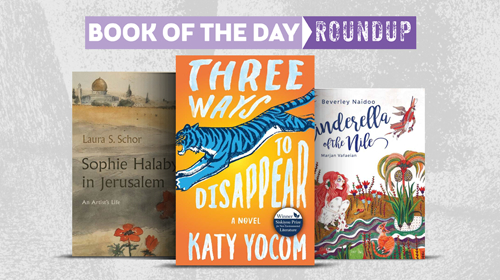
Three Ways to Disappear
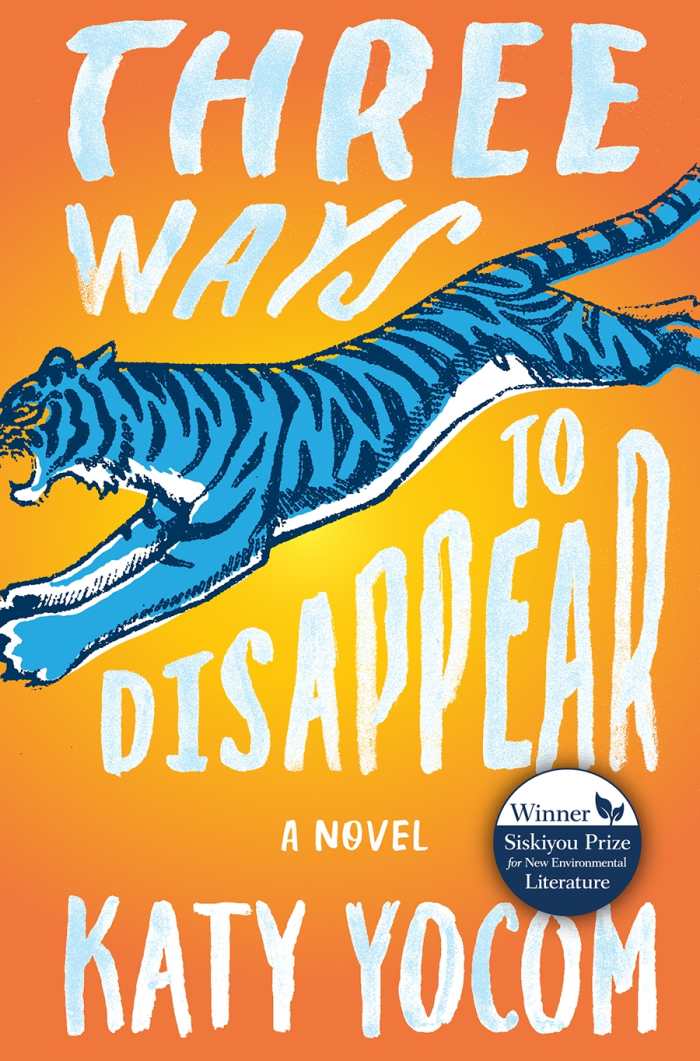
Katy Yocom
Ashland Creek Press
Softcover $18.95 (316pp)
978-1-61822-083-7
Buy: Local Bookstore (Bookshop), Amazon
In Katy Yocom’s immersive and multilayered novel Three Ways to Disappear, Sarah and Quinn confront painful childhood truths and address their neglected sisterhood.
Beginning with a glimpse of Sarah and Quinn’s childhood in India, the story begins when their brother, Marcus, dies under bizarre circumstances. The fallout is severe: the girls’ parents separate, and Sarah and Quinn move, with their mother, back to the United States. Fast forward two decades, and the women are still reeling from the secrets of their past.
Disillusioned with her nomadic journalism career, Sarah drops everything to move back to India and join Tiger Survival, an organization dedicated to local tiger conservation. When she becomes enmeshed in a forbidden romance with a coworker, her ideas of love collide with Indian tradition, and Sarah enters the most delicate negotiation of her life.
In Kentucky, Quinn is now an artist who has lost her touch, and her marriage is dying. Meanwhile, Sarah and Quinn’s mother develops a financially disastrous shopping addiction. When Sarah asks Quinn to come to India, Quinn knows that it’s time to deal with her guilt and seek answers about Marcus’s death.
Authentic relationships drive the story. Indian regions and the conservation park themselves function as characters, along with tigers Machli and Akbar. Sarah is enthralling—a savvy traveler whose manner of dealing with antagonists is excellent.
Though much action centers on Sarah’s conservation efforts and the plights of the tigers, consideration and sympathy are also shown to conservation “opponents.” The narrative highlights other social issues, too, as when the sisters discuss their protected status as white people in a non-western region. Subconscious ideas of power surface as Sarah makes a solo decision for local Indian women about their co-op membership.
Three Ways to Disappear is informative, refreshingly complex, and ends in realistic fashion. Sometimes answers only beget more questions, and consequences make life, like the future of the tiger, uncertain.
TANISHA RULE (June 18, 2019)
Cinderella of the Nile
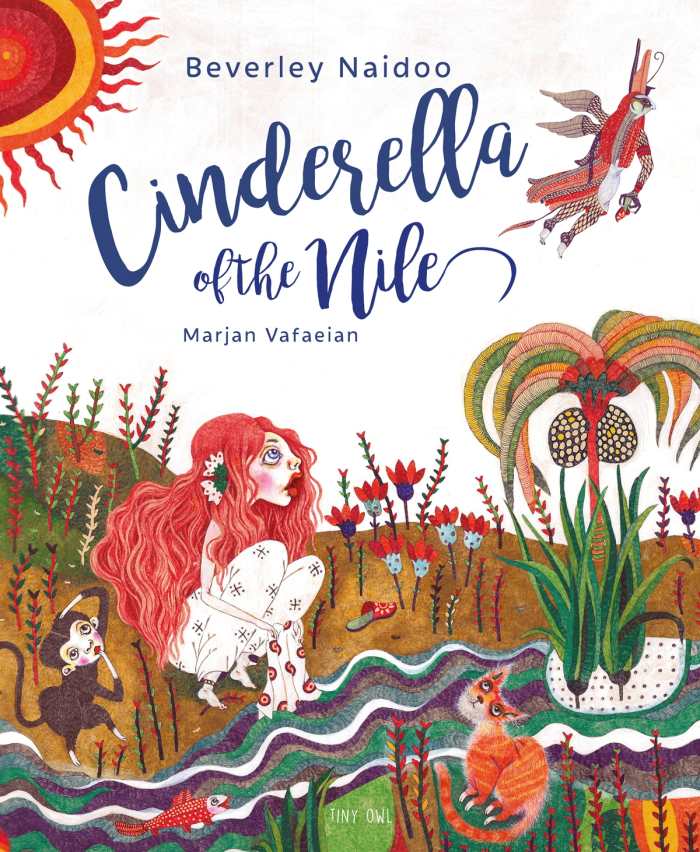
Beverley Naidoo
Marjan Vafaeian, illustrator
Tiny Owl Publishing
Hardcover $17.95 (40pp)
978-1-910328-29-3
Buy: Local Bookstore (Bookshop), Amazon
Rhodopis is stolen from her home in Greece and sold down the Nile where divine intervention—and a small, red slip-on shoe—attract Pharaoh’s attention. Inspired by the earliest known accounts of a poor girl whose luck is changed with a prince and lost slipper, the book’s exotic illustrations conjure ancient times and customs, depicting a Cinderella with fiery hair, Grecian robes, and, in a nod to the master storyteller himself, a wise old friend named Aesop.
PALLAS GATES MCCORQUODALE (June 18, 2019)
Light from Distant Stars
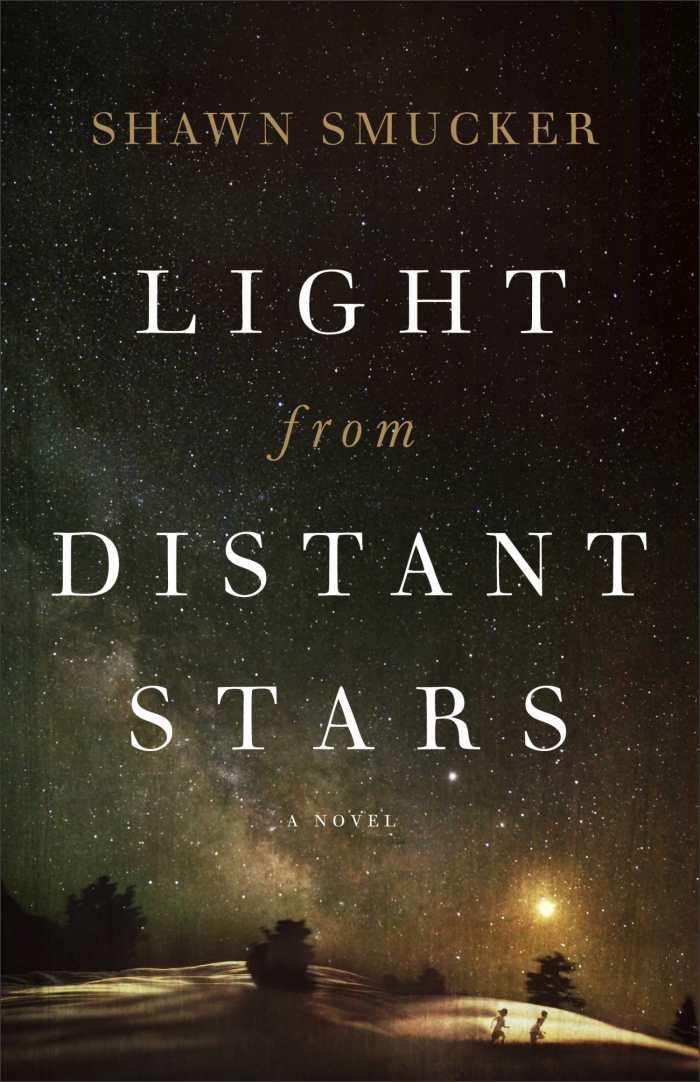
Shawn Smucker
Revell
Hardcover $29.99 (393pp)
978-0-8007-2851-9
Buy: Local Bookstore (Bookshop), Amazon
A compelling tale of family and faith with a paranormal twist, Shawn Smucker’s Light from Distant Stars probes at questions of good, evil, and whether anyone—or anything—is ever just one or the other.
After Cohen finds his father comatose on the floor of the family’s funeral home, his fractured family reconnects at their waning patriarch’s bedside and old resentments rise to the surface. Cohen sweeps through the darkest recesses of his mind, discovering secrets that he hoped would never claw back into the light. The tense environment is compounded by the reappearance of his childhood friend, Ava, now a detective investigating Cohen’s involvement in his father’s imminent end.
Interspersed throughout the novel are flashbacks to Cohen’s childhood, illuminating fresh aspects of the players now gathered under the sterile fluorescent of the hospital room. Cohen recalls his father, Calvin, as a pulpit-pounding preacher before the explosive reveal of a scandalous secret drove Cohen’s mother to the city with his younger sister, Kaye. Cohen moved to the funeral home with his father, reaching adolescence with little but corpses for company. There, he witnessed something he could not explain that drew him deep into a sinister, supernatural mystery.
While Cohen is the focus of the novel, his perspective is sometimes hollow, and it’s hard to grasp his true nature. His most illuminating moments come through his interactions with a sparkling constellation of secondary characters, including Father James, an aged priest and longtime friend; Kaye; and Thatcher, a teenager whose grandfather is in an adjacent hospital room.
Twin twists late in the novel provide resolution to the childhood and present-day timelines, but they’re rushed. Some of the paranormal elements are more sudden than surprising.
A tense novel exploring the breadth and limitations of loyalty, forgiveness, and faith, Light from Distant Stars is a memorable dive into the human psyche.
DANIELLE BALLANTYNE (June 18, 2019)
Sophie Halaby in Jerusalem
An Artist’s Life
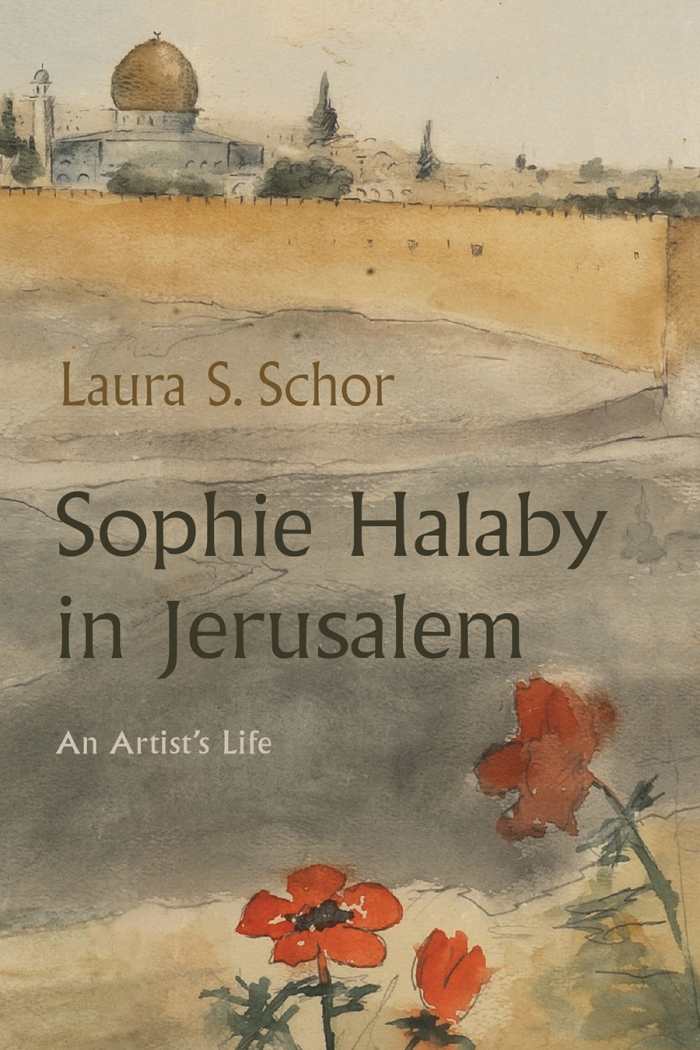
Laura S. Schor
Syracuse University Press
Softcover $34.95 (272pp)
978-0-8156-1112-7
Buy: Local Bookstore (Bookshop), Amazon
Little known outside of Palestine, Sophie Halaby was a Russian-Arab painter, Jerusalemite, and member of a prominent Christian family. Laura S. Schor’s Sophie Halaby in Jerusalem is a careful, elegant portrait that highlights the contrasts between the war and displacement that Halaby endured, and her delicate hillside landscapes.
Composed through interviews with people who knew the artist, readings of memoirs by her contemporaries, archival research, and Schor’s travels, the book is a broad window into Halaby’s origins. It covers her education and life under the British Mandate; her study in Paris; her return to Palestine; and the turbulent decades after.
The loss of Halaby’s personal papers and photographs results in unavoidable speculation on what she may have thought or done. Her solitary nature also makes her an elusive subject. Still, Schor presents a twentieth century milieu with acuity, making it possible to imagine how the artist might have formed her modern ideas.
The book works much like an intriguing negative, capturing Halaby’s surroundings while leaving Halaby herself luminous and less defined. Halaby’s place among a cosmopolitan elite with deep Jerusalem roots is drawn in chapters set before the city’s division. Gaps in her biography are filled with political and domestic concerns. Meticulous details provide a clearer understanding of Palestine’s past.
Halaby’s paintings, which often focused on wildflowers and serene natural beauty, stand apart from their contemporaries. The book presents her recurring fascination with Old Jerusalem as her answer to a changing environment. It’s a compelling reading that emphasizes the artist not as a documentarian, but as an independent visionary.
Sophie Halaby in Jerusalem is poignant in its appreciation for an artist who dedicated her life to her homeland through her work, adding a valuable note to art history.
KAREN RIGBY (June 18, 2019)
Brown
My Alter Ego is a Superhero
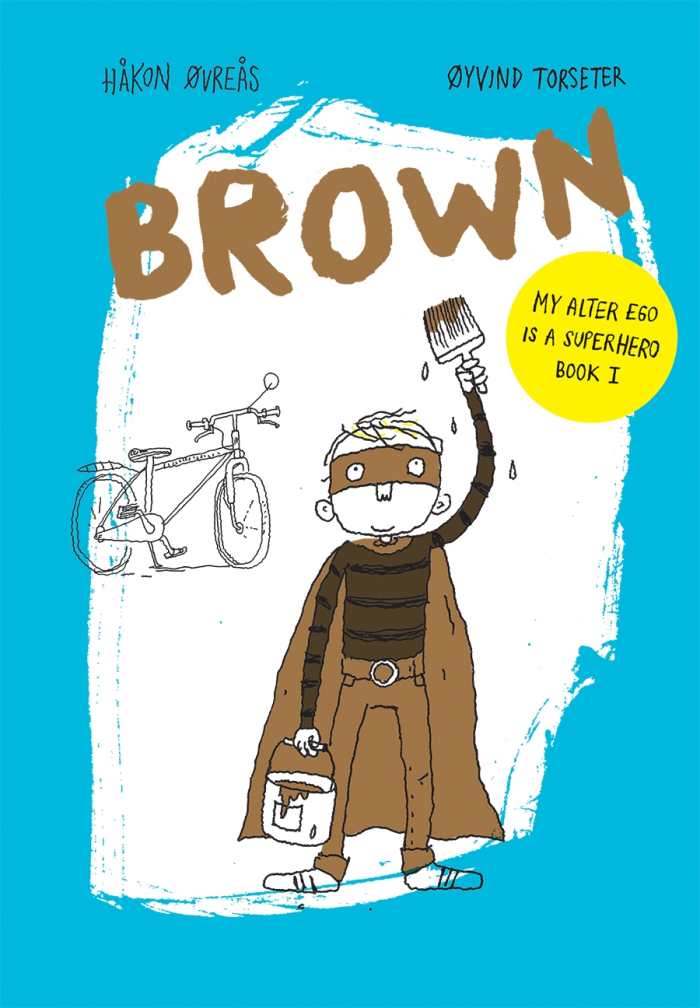
Håkon Øvreås
Øyvind Torseter, illustrator
Kari Dickson, translator
Enchanted Lion Books
Hardcover $16.95 (136pp)
978-1-59270-212-1
Buy: Local Bookstore (Bookshop), Amazon
Håkon Øvreås’s Brown is a touching, timeless story that captures the unbounded imagination and uncertain innocence of youth.
Originally published in Norway, Brown has been translated into more than thirty languages and is the first book in the My Alter Ego is a Superhero trilogy. It centers on Rusty, whose grandfather recently died. When bullies destroy the fort he’s built with his friend Jack, Rusty is inspired to grab some old paint and deliver justice as “Brown,” a caped vigilante who paints the culprits’ bikes brown. He’s later joined by “Black” and “Blue”—Jack and Lou, who also take up the superhero mantle. Rusty also visits with his grandfather’s ghost; he eases the boy into accepting the permanence of death.
Brown achieves a perfect balance between excitement and introspection, melancholy and humor—seen from the first page, where Rusty is staying with his aunt while his parents are busy at the hospital. The mood is somber, but when Rusty balks at eating fish and his aunt questions him, Rusty replies “I like Swedish Fish.” Torseter’s drawings, with the light washes of color that accompany them, deliver laughs and other emotions as needed.
Dickson’s translation is swift and assured. Sentences are direct, with nary an adverb to be found. Aside from the universality of its themes—death, bullies, friendship, and growing up—the book’s power and charm arise as much because of what’s left out as what’s included. The presence of technology, for example, is distant; this could be a story from 50 years ago, and the book benefits from the absence with an increased focus on its characters.
Brown is a wonderful book that deserves the many awards it’s received, among them the Norwegian Ministry of Culture’s Literature Prize. English-speaking audiences will eagerly await translations of the next two books in the series.
PETER DABBENE (June 7, 2019)
Barbara Hodge
